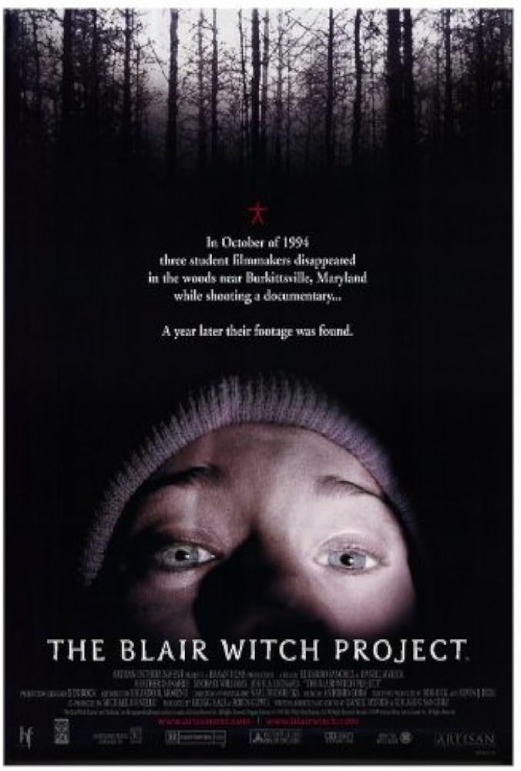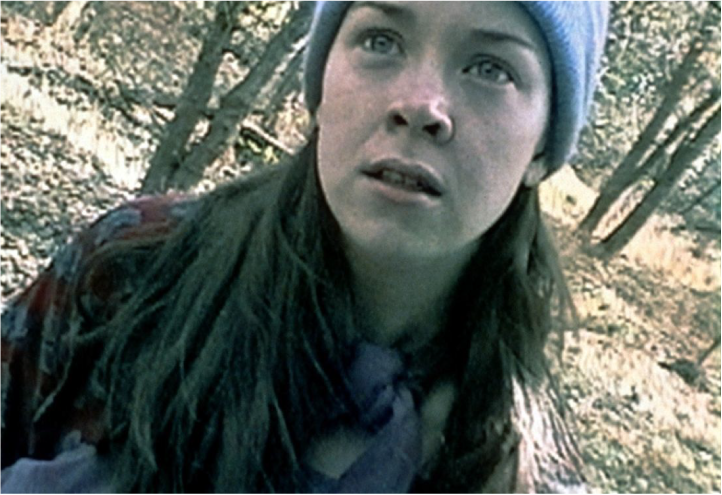Lights, camera, design: Iconic movie marketing
What makes a movie unique is not just its story but also its style. Below are a few examples of how marketers have succeeded in harnessing a film’s style and tone to create buzz before the first ticket is sold.
scroll down to explore
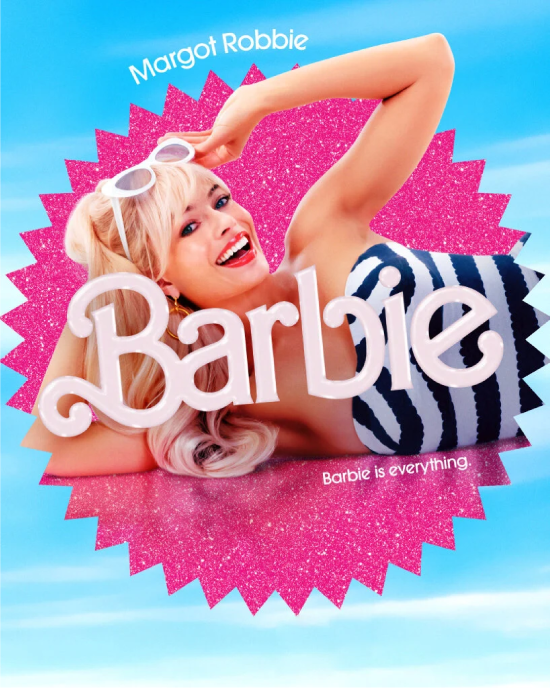
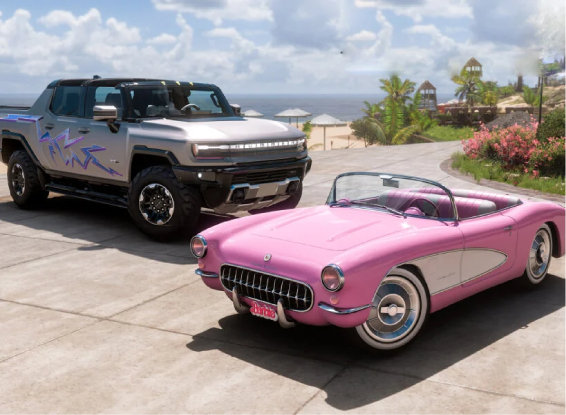
2023
BARBIE
Last year’s blockbuster Barbie was not only a huge success at the box office but also a master class in branding. Fashion, transportation, and the Barbie doll lifestyle are central to the film, and the campaign brought these elements to real life—all in pink. By launching wide-ranging Barbie products—including shoes, meals at popular chain restaurants, and video game controllers—the team amplified brand appeal and created a viral pink craze on social media. And the movie’s release on the same July day as Best Picture winner Oppenheimer created the “Barbenheimer” cultural phenomenon, propelling sales even further.
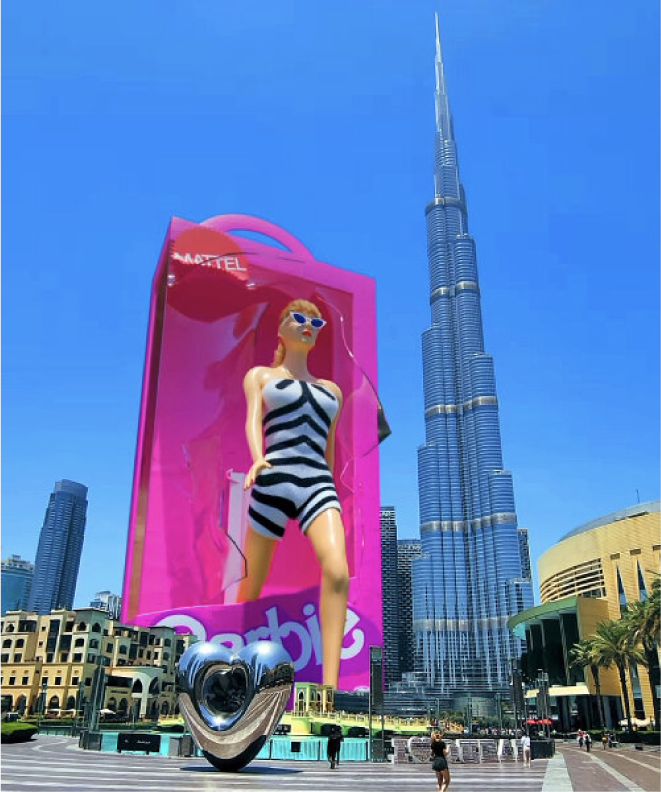
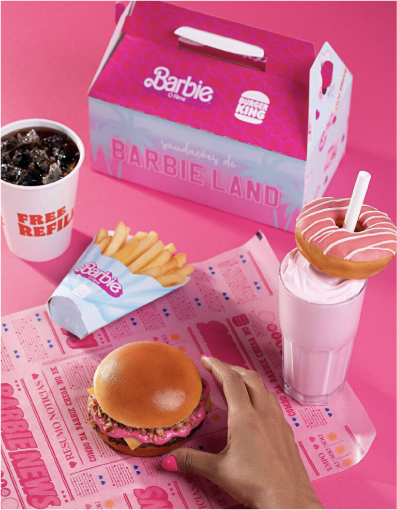
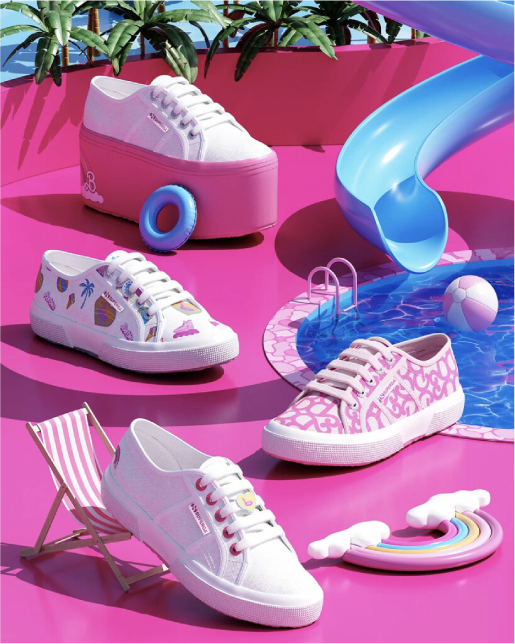
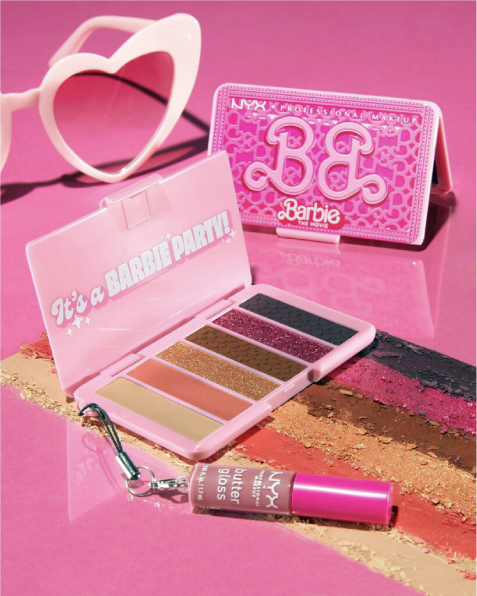
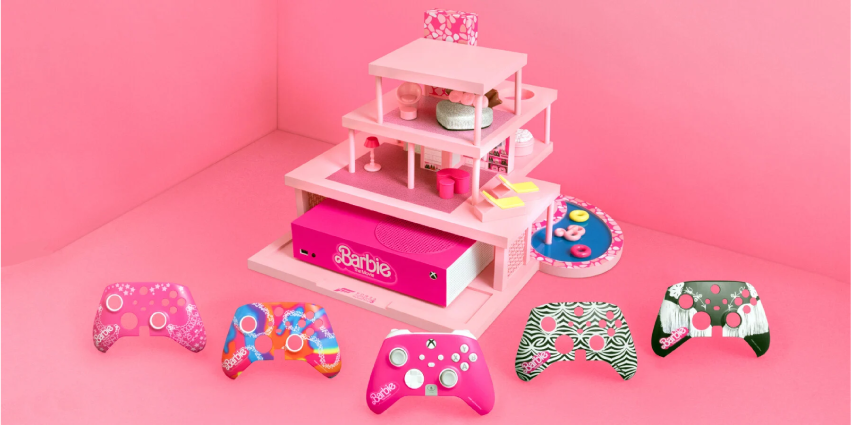
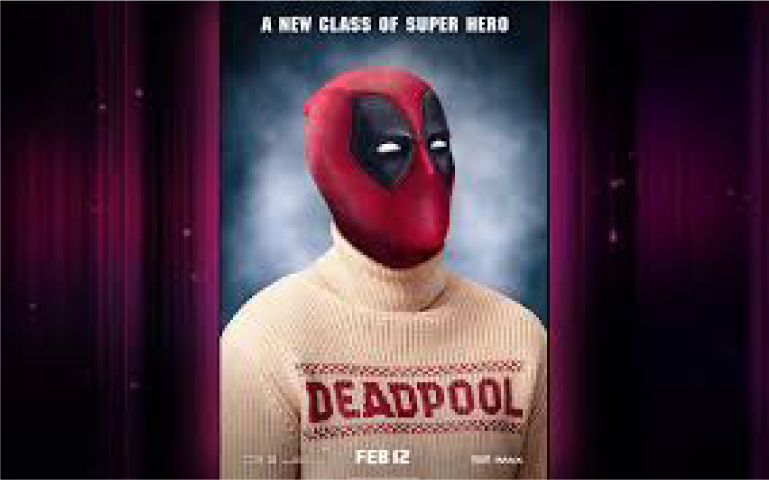
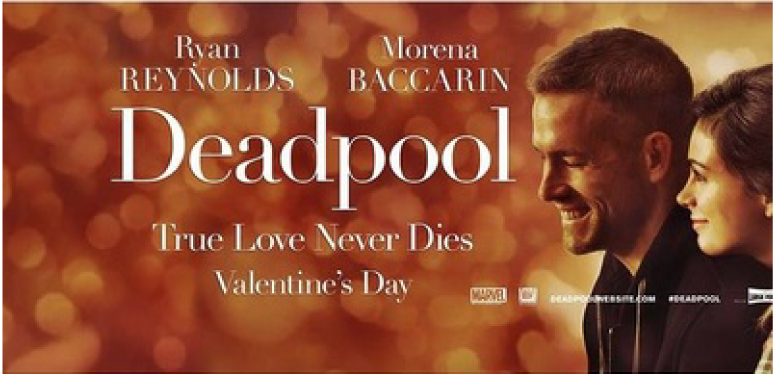
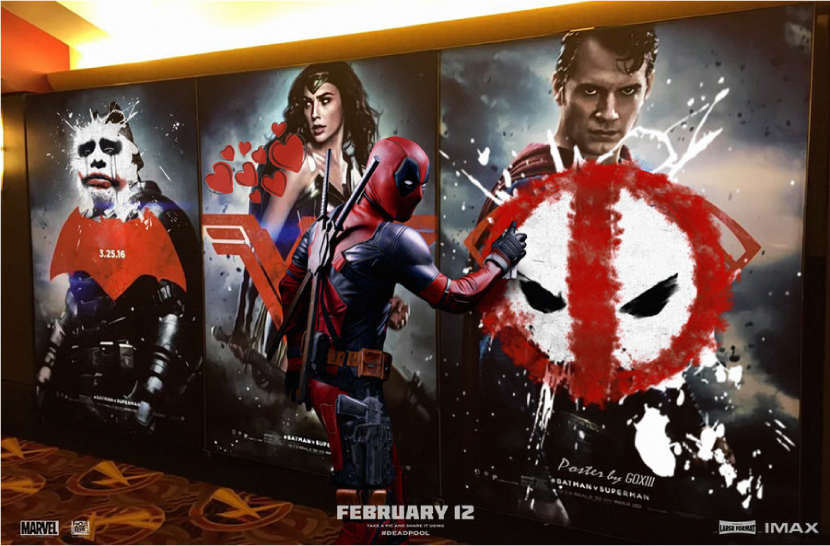
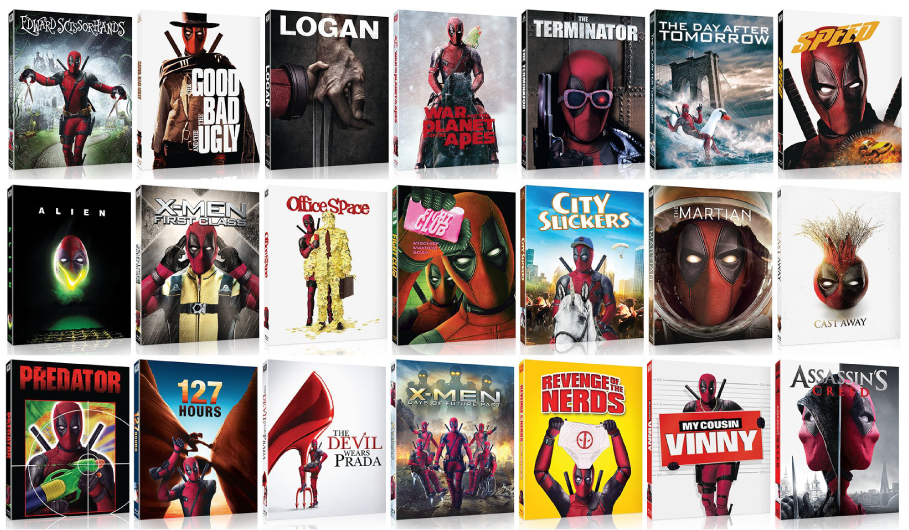
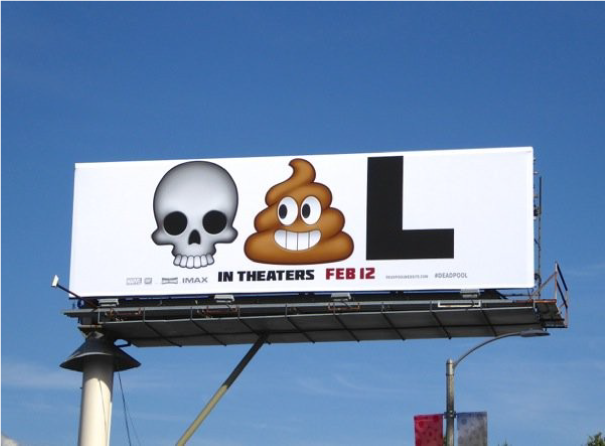
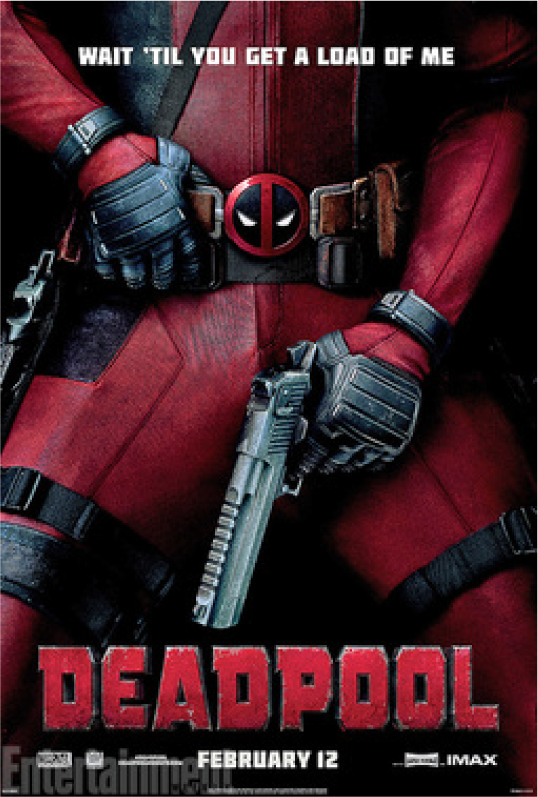
2016–18
DEADPOOL 1 & 2
The Deadpool movies were not typical superhero films. Aside from being rated R, they were bold, funny, and irreverent, and the films’ lead, Ryan Reynolds, pushed for marketing strategies that matched the unconventional tone and spirit of the films. The marketing team employed fourth-wall-breaking humor, leaked footage, and viral social media posts. They rebranded classic movie art with Deadpool front and center and worked with celebrities to create buzz with fans. Ultimately, they showcased how pushing boundaries while retaining the essence of the character can pay off.
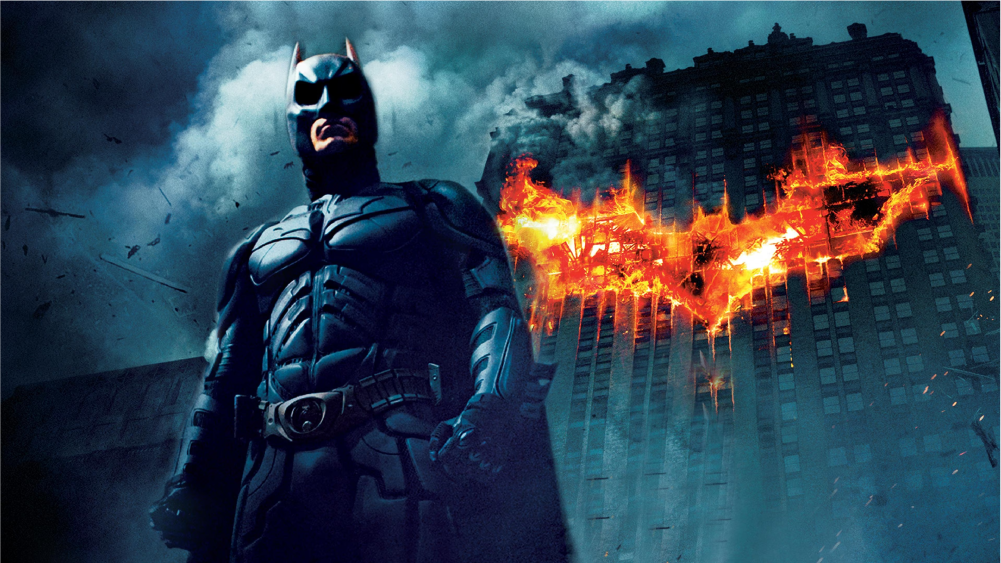
2008
THE DARK KNIGHT
The “Why So Serious?” campaign for The Dark Knight was more than just a marketing strategy; it was an immersive experience that enabled 11 million fans in 75 countries to join in the Joker’s game. The campaign created hype by harnessing a variety of platforms and formats—from audio, experiential content, and mail to mobile, print, and video—while aligning the branding to the style of Christopher Nolan’s Gotham City. The campaign revealed clues, characters, and events before the movie release in a groundbreaking example of transmedia marketing that ultimately brought fans together and contributed to the film’s huge success.
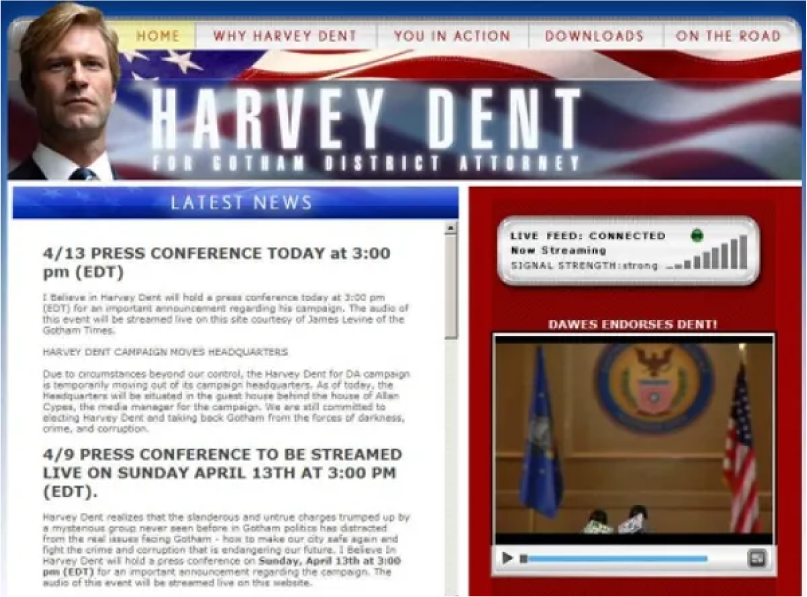

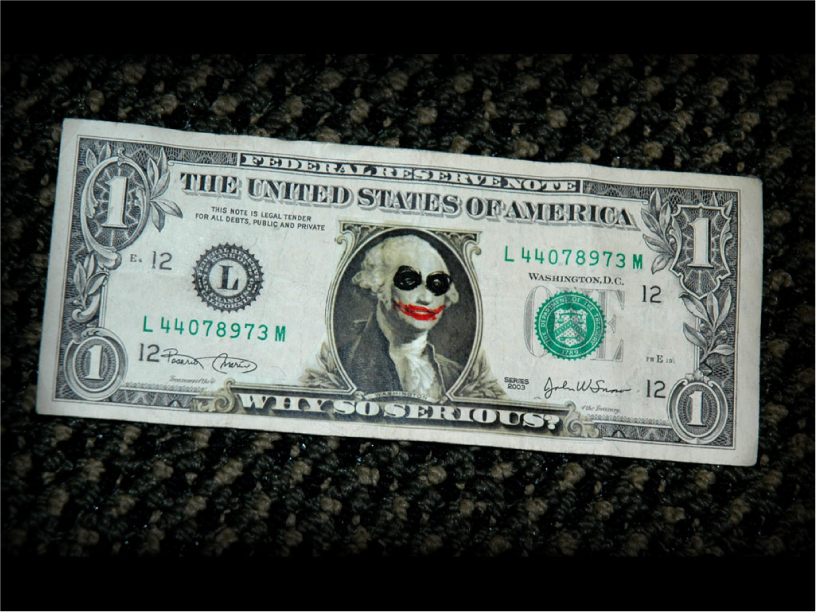

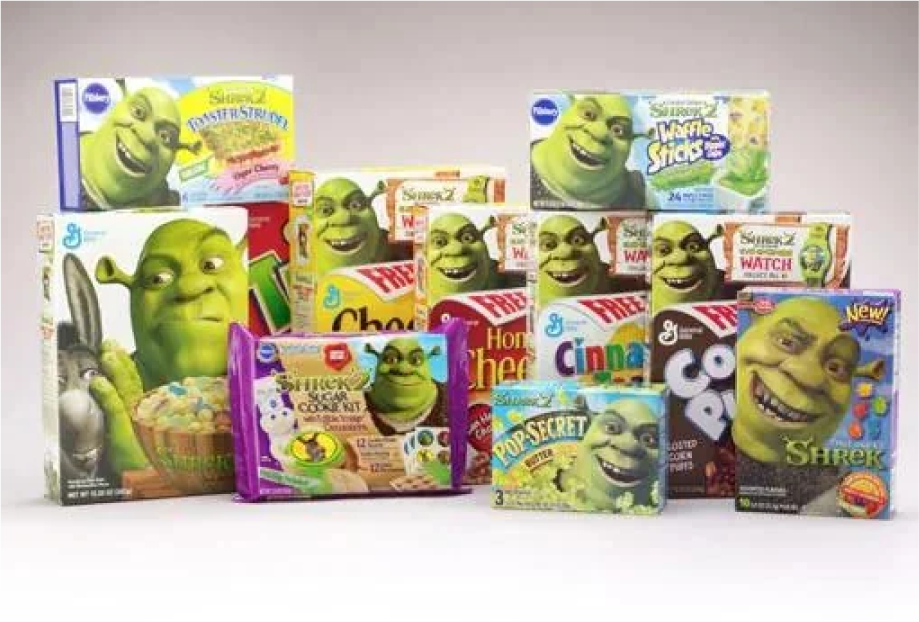
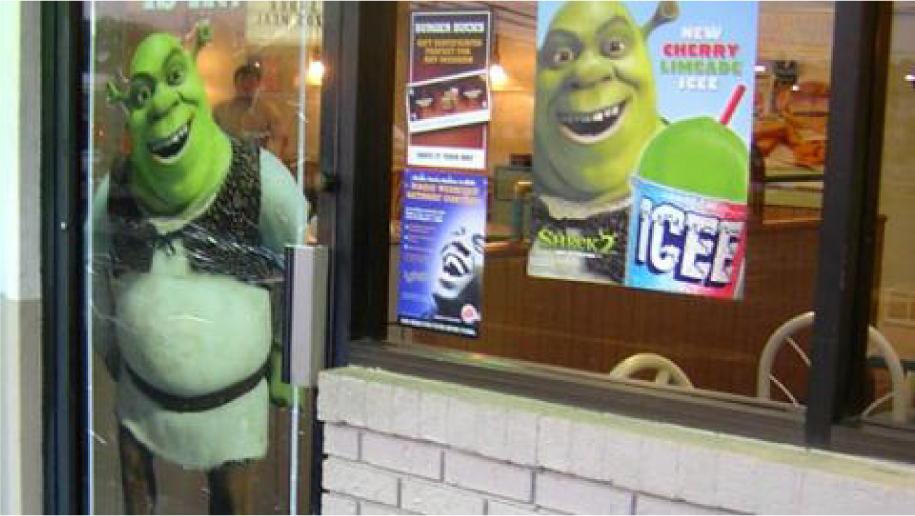
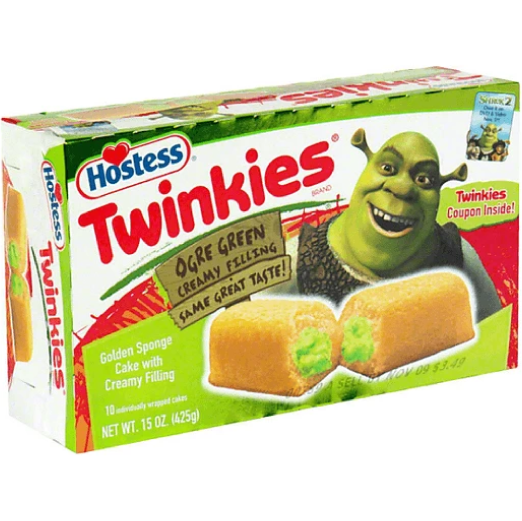
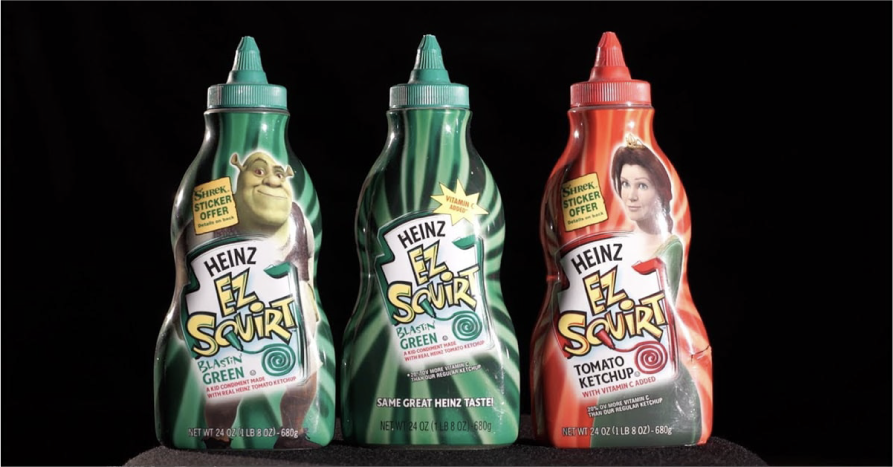
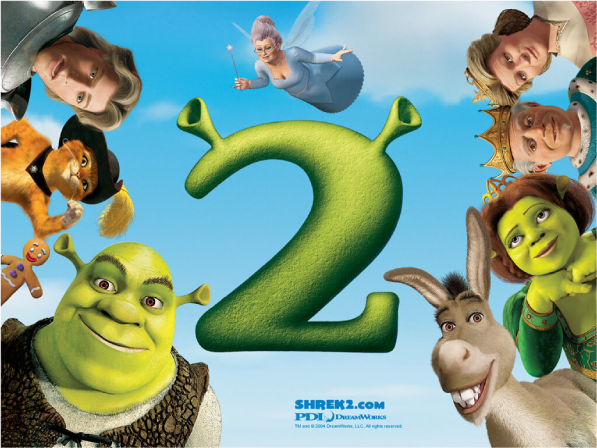
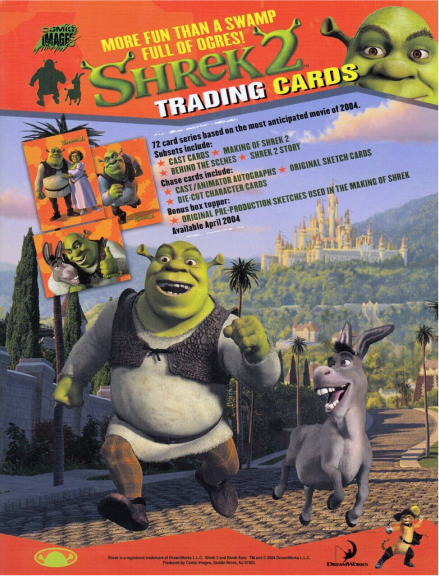
2001–4
SHREK 1 & 2
As some of the highest-grossing animated films of their time, the Shrek series employed a marketing campaign that appealed to a wide audience but largely targeted children through branded food products. Not unlike the pink of Barbie, the color green was everywhere in the early aughts, from cereals and desserts to ketchup. Yes, green ketchup. The franchise successfully stood out with its humor for kids and adults alike and set a new standard for cross-promotion in the entertainment industry.

1999
THE BLAIR WITCH PROJECT
The Blair Witch Project was a low-budget horror film that became a box office sensation due to the innovative and immersive marketing campaign surrounding its release that attracted audiences of all kinds. The marketing team generated buzz around the film through a website, CDs, teaser trailers, and an authentic-looking—albeit controversial—fake missing persons story designed as a flyer. The campaign blurred the lines between fiction and reality and set the standard for internet-based marketing—leading some to call it the first viral film phenomenon.
